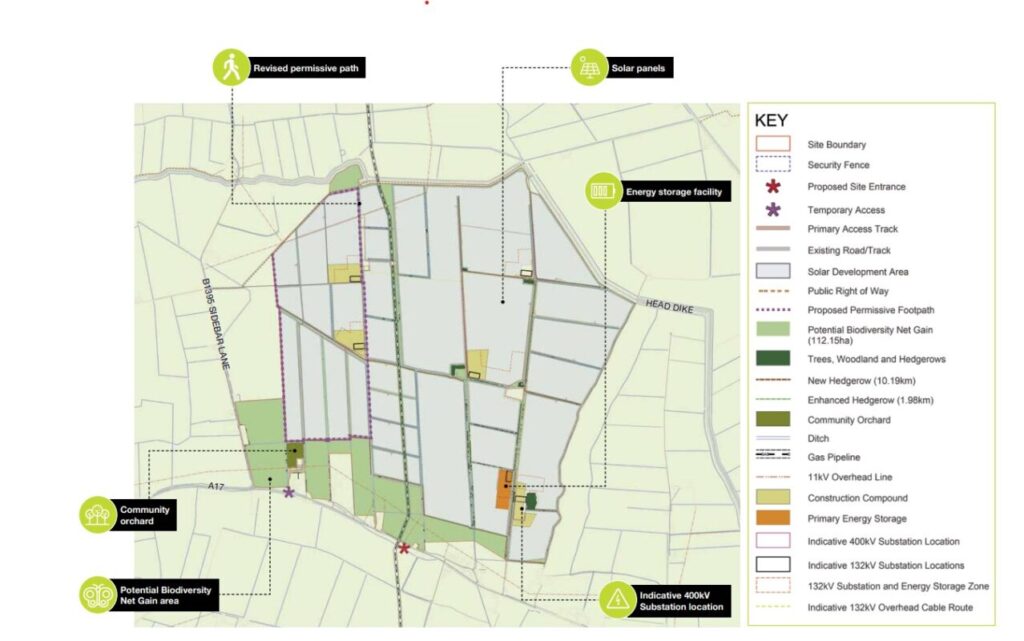
The Department for Energy Security and Net Zero (DESNZ) has announced it will delay the planning decision for a major proposed solar farm until 2025.
The Heckington Fen Solar Park is a proposed 500MW development by Ecotricity. In August, the developers requested an extension to the statutory deadline for providing information to DESNZ, stating that it needed more time to negotiate with the landowners for the site, the Crown Estate and the Duchy of Lancaster. DESNZ granted an extension to 27 September, but on 11 September the developers once again requested an extension to 6 January 2025.
As a result, the Secretary of State for Energy Ed Miliband has now granted the developers an extension to 24 January 2025, a decision which the department states was made “reluctantly”. Ecotricity, the Crown Estate and the Duchy of Lancaster must now provide evidence that an agreement has been reached between the parties by the set deadline.
When revealing this decision, DESNZ stressed that this does not indicate the project is any more likely to be approved or denied a development consent order (DCO), with the body stating “nothing in this letter is to be taken to imply what the eventual decision might be or what final conclusions the Secretary of State may reach on any particular issue which is relevant to the determination of the application.”
Set to be located near the village of Heckington in North Kesteven, Lincolnshire, the Heckington Fen Solar Farm will combine 500MW of solar generation capacity with a co-located battery energy storage system (BESS) of around 200-400MW. The proposed design plans to use bifacial solar panels in order to harvest the most sunlight possible, and with Lincolnshire being one of the sunniest locations in the country, the site could prevent as much as 75,000 tonnes of CO2 emissions each year.
The site has an expected lifespan of 40 years, after which it will be converted back to meadowland, and the proposed layout includes the planting of native hedgerows and wildflowers to encourage the presence of bees and other pollinators in the area.

